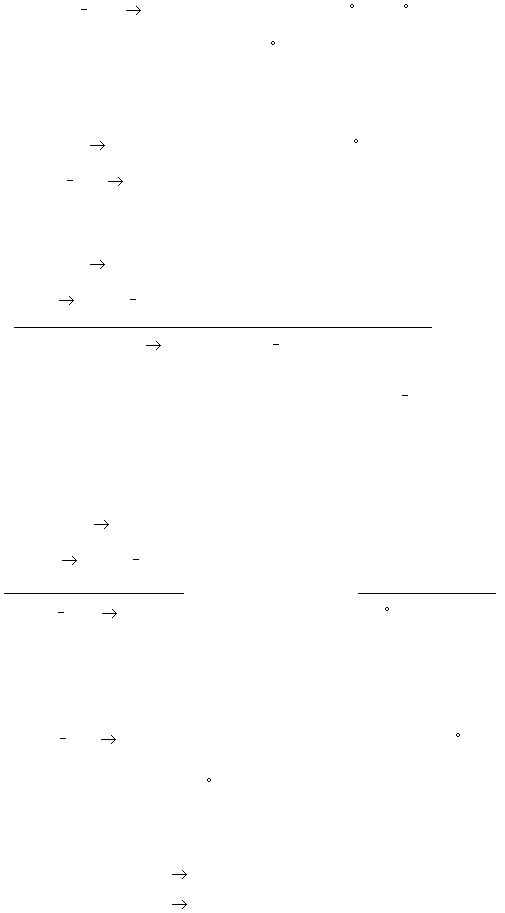
N-2
C
(g)
+
1
2
O
2(g)
CO
(g)
?H
1
= ?H
f
CO
(g)
(1)
Hess’s Law can be used to obtain the value ?H
f
(CO
(g)
), even though it is experimentally difficult to
measure. This is done by combining the reaction of excess O
2(g)
with graphite to form CO
2(g)
, and the
reaction of excess O
2(g)
with CO
(g)
to form CO
2(g)
.
C
(gr)
+ O
2(g)
CO
2(g)
?H2 = ?H
f
CO
2(g)
= -393.5 kJ/mol
(2)
CO
(g)
+
1
2
O
2(g)
CO
2(g)
?H3 = -283.0 kJ/mol
(3)
To get equation (1), we need to reverse equation (3) and add it to equation (2):
C
(gr)
+ O
2(g)
CO
2(g)
(equation 2)
CO
2(g)
CO
(g)
+
1
2
O
2(g)
(reverse of equation 3)
C
(gr)
+ O
2(g)
+ CO
2(g)
CO
2(g)
+ CO
(g)
+
1
2
O
2(g)
(4)
Simplification of equation (4) yields the desired overall reaction: C
(gr)
+
1
2
O
2(g)
? CO
(g)
NOTE: When a reaction is reversed, the sign of the ?H value must be changed.
Using Hess's Law, the enthalpies are combined to give:
C
(gr)
+ O
2 (g)
CO
2 (g)
?H2 = -393.5 kJ/mol
CO
2 (g)
CO
(g)
+
1
2
O
2 (g)
-?H3 = +283.0 kJ/mol
C
(gr)
+
1
2
O
2 (g)
CO
(g)
?H
f
= -110.5 kJ/mol
In Part I of this experiment, the standard enthalpy of formation of water (H2O
(l)
) will be determined
using Hess's Law.
H
2(g)
+
1
2
O
2(g)
H2O
(l)
?H° = ?H
f
H2O
(l)
(5)
A simple experiment to measure ?H
f
for H2O
(l)
directly is difficult to devise without the use of
expensive equipment capable of handling pressurized oxygen. However, consider the following three
equations:
Mg
(s)
+
2 H3O
+
(aq)
Mg
2+
(aq)
+
H
2(g)
+ 2 H2O
(l)
?H
6
(6)
MgO
(s)
+
2 H3O
+
(aq)
Mg
2+
(aq)
+
3 H2O
(l)
?H
7
(7)
